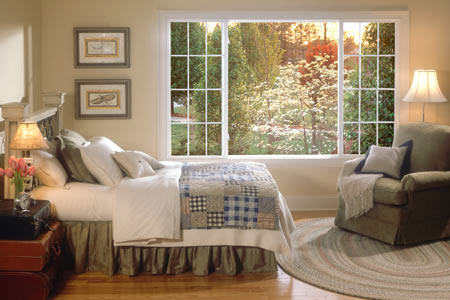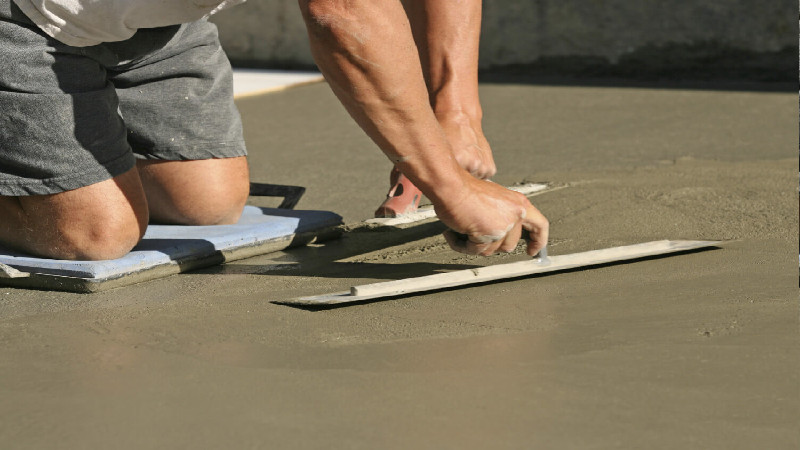Algae are a common swimming pool problem, which is quite visible. It can often re-occur in pools when it was never really properly treated. There are over 20,000 species of algae but only a few occur in swimming pools and they are noted by their color. Swimming pool algae coloring includes the yellow algae, black algae (actually blue/green), pink algae or the more common species is the green algae.
Green algae can float freely in a swimming pool, which turns the water into a hazy-green color. It can cling to walls with a range of small wall patches, spots, and the bottom surface of the pool, to nearly covering the entire pool surface. Green algae can clog filters and could cause surface damage if left untreated.
When you are treating your swimming pool algae, it is very important the entire pool is treated with some sort of algaecide. Algaecide is a chemical treatment for swimming pools, fish ponds and other water environments which kill algae. Some algae spores can exist outside the swimming pool and they can also find their way back into your pool. The yellow algae are one such culprit. Its spores can survive outside the pool water for a long time. Therefore, any pool treatments you use should be placed in the pool, fully emerged and perhaps left in overnight.
Algae are always being introduced back into the pool. When the pool’s sanitizer or chlorine levels drops too low, then algae will take hold and begin to multiply. Chlorine levels should be between 1.0 and 3.0ppm, which will keep your pool from turning different algae shades, like green. Algae spores which are airborne, will dry out, and float around, settling back into the waters of your pool. Poor water circulation also is a breeding ground for algae, which is why a swimming pool which has lots of swimmers is freer of algae, because the water and chemicals are in constant motion.
When you use the right type of an algaecide, it will help to keep your pool free from this re-occurring multi-cell pest, as well as helping to maintain the condition of your pool. There are two main types of algaecide: metallic (copper and silver) and quaternary ammonia. Both algaecide products are effective, but ammonia products have a tendency to sud up. Algae is what copper/silver is great at killing. The best quality algaecide products, like the metallic type, should contain at least 30% of this active ingredient, or else it will not be effective.
Once the swimming pool algae are dead, you will then need to vacuum them up out of the swimming pool. Even though algae are a common swimming pool nuisance, with proper maintenance it is not too hard to keep algae from reforming. Mineral Pure is a copper/silver ionization product which reduces the need for chlorine in your swimming pool or other water surfaces. The Mineral Pure algaecide helps to prolong your pool’s filtration system and purifies the water. A microprocessor-designed control box sends out a scientifically developed signal to a set of electrodes which are comprised of safe, natural minerals. You can find the Mineral Pure system at the company Clearwater Pool Systems. This is the most effective method in removing algae from your pool.



